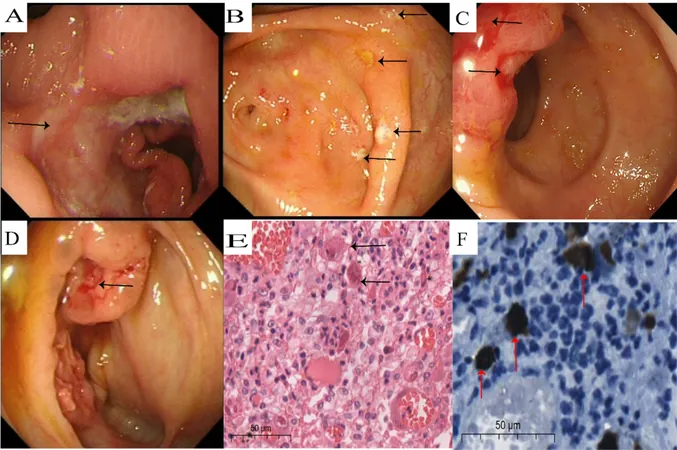
New Insights on Gastrointestinal Cytomegalovirus Infection in HIV Patients: What You Need to Know
2025-04-11
Author: Yu
Understanding the Threat of GI Cytomegalovirus Infection in HIV Patients
Gastrointestinal Cytomegalovirus (CMV) infection poses a significant health risk for individuals living with HIV, especially in the era of antiretroviral therapy (ART). Despite advancements in treatment, the implications of this opportunistic infection remain critical, with varied clinical presentations leading to severe health complications.
Research Overview: A Close Examination of 21 Cases
In a meticulous retrospective study conducted at a prominent hospital in Nanjing, China, researchers analyzed the cases of 21 HIV patients diagnosed with histologically confirmed GI-CMV infections from September 2018 to September 2023. This examination delved into symptoms, endoscopic findings, treatment outcomes, and unique patient characteristics.
Key Findings: Patient Profiles & Symptoms
The patient demographic was predominantly male (95.2%) with an average age of 42. Alarmingly, over 80% had CD4 counts below 50 cells/µL, indicating severe immunosuppression. Common symptoms included diarrhea (71.4%), fever (52.4%), abdominal pain (47.6%), and gastrointestinal bleeding (38.1%). Most patients had been either untreated or had recently started ART, with a high viral load averaging 5.2 log copies/mL.
The Burden of Concurrent Diseases: Complications Galore
Nearly half of the patients also suffered from other CMV-related complications—primarily CMV retinitis—showing that these individuals face compounded health challenges. The colon was notably the most affected GI site, followed closely by the stomach and esophagus, as revealed by endoscopic evaluations.
Treatment Strategies: A Multi-Faceted Approach
All patients received antiviral therapies, primarily intravenous ganciclovir or foscarnet. While the treatment duration averaged around 30 days, nine patients required gastrointestinal surgery due to complications. A promising 61.1% of patients achieved undetectable CMV viremia after treatment.
Survival Rates & Future Recommendations
Out of the cohort, the six-month mortality rate stood at 4.8%, demonstrating the critical need for integrated care. The study emphasizes the importance of addressing not only CMV infection but also other opportunistic infections that thrive in severely immunocompromised patients.
Looking Ahead: The Need for Robust Strategies
This research underscores the complex relationship between advanced HIV and opportunistic infections like CMV. Future clinical strategies must prioritize regular screening for concurrent conditions, alongside CMV management, to improve patient outcomes. As we navigate these challenges, comprehensive care remains indispensable in the fight against HIV-related complications.
A Call to Action: Prioritizing Patient Care in Advanced HIV Cases
Given the multimorbidity associated with GI-CMV infections in HIV patients, healthcare providers are urged to develop tailored treatment plans that encompass antiviral therapies, nutritional support, and vigilant monitoring for co-infections. Only through such a holistic approach can we hope to improve the quality of life for those affected.

 Brasil (PT)
Brasil (PT)
 Canada (EN)
Canada (EN)
 Chile (ES)
Chile (ES)
 Česko (CS)
Česko (CS)
 대한민국 (KO)
대한민국 (KO)
 España (ES)
España (ES)
 France (FR)
France (FR)
 Hong Kong (EN)
Hong Kong (EN)
 Italia (IT)
Italia (IT)
 日本 (JA)
日本 (JA)
 Magyarország (HU)
Magyarország (HU)
 Norge (NO)
Norge (NO)
 Polska (PL)
Polska (PL)
 Schweiz (DE)
Schweiz (DE)
 Singapore (EN)
Singapore (EN)
 Sverige (SV)
Sverige (SV)
 Suomi (FI)
Suomi (FI)
 Türkiye (TR)
Türkiye (TR)
 الإمارات العربية المتحدة (AR)
الإمارات العربية المتحدة (AR)